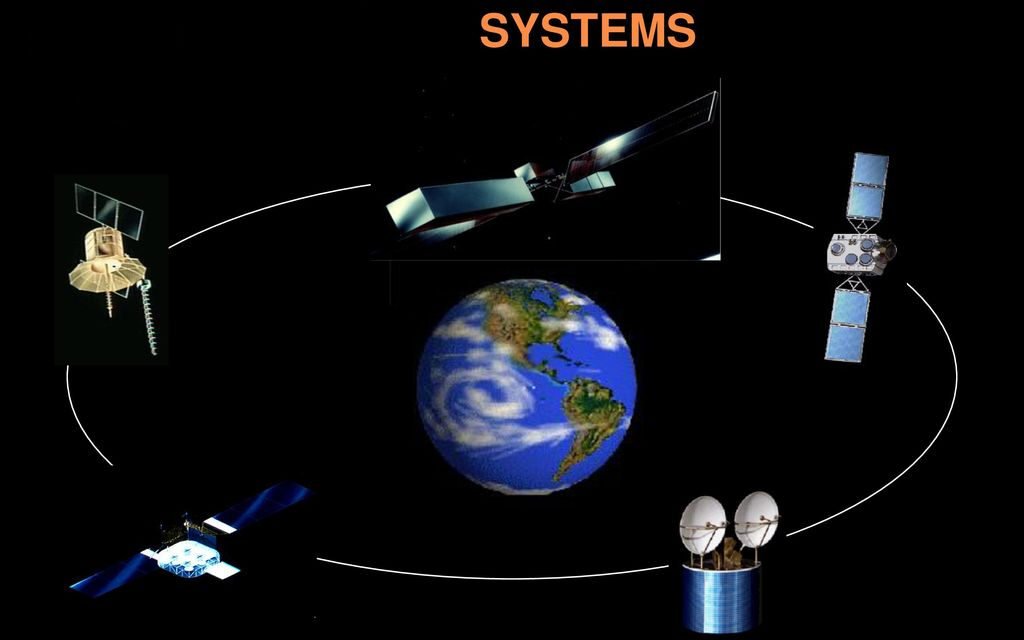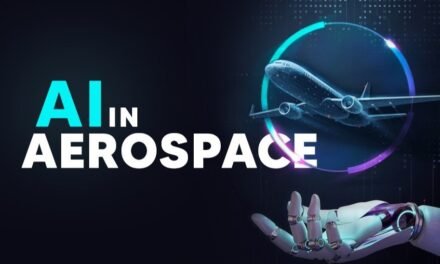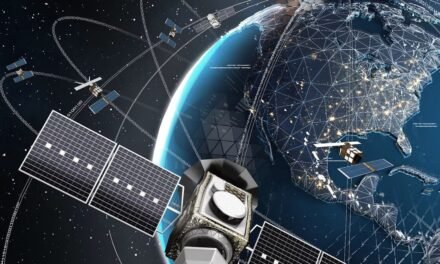Space communication systems ensure reliable data transmission between Earth and space through advanced technologies and robust protocols designed to overcome the challenges of vast distances, signal degradation, and environmental interference. These systems are critical for maintaining continuous contact with spacecraft, enabling navigation, data exchange, and mission control.
1. Key Components of Space Communication Systems
a. Transmitters and Receivers
- Purpose:
- Convert data into electromagnetic signals for transmission and receive signals to convert back into data.
- Examples:
- High-frequency radio transmitters on spacecraft.
- Ground-based receivers at deep-space communication stations.
b. Antennas
- Purpose:
- Transmit and receive signals efficiently over vast distances.
- Types:
- Directional Antennas:
- High-gain antennas like parabolic dishes focus signals for long-range communication (e.g., Voyager spacecraft).
- Omnidirectional Antennas:
- Low-gain antennas provide broad coverage for short-range communication.
- Directional Antennas:
- Applications:
- Spacecraft use high-gain antennas for Earth-bound signals and low-gain antennas for proximity operations.
c. Communication Relays
- Purpose:
- Extend coverage and manage data traffic.
- Examples:
- Satellites like NASA’s Tracking and Data Relay Satellites (TDRS) act as intermediaries between spacecraft and ground stations.
d. Ground Stations
- Purpose:
- Receive, decode, and process signals from spacecraft.
- Examples:
- NASA’s Deep Space Network (DSN), consisting of large parabolic antennas, communicates with interplanetary probes.
2. Key Technologies Ensuring Reliable Communication
a. Radio Frequency (RF) Communication
- How It Works:
- Uses radio waves in the microwave or UHF bands to transmit data.
- Advantages:
- Established technology with proven reliability.
- Applications:
- Used in most satellites and interplanetary missions.
b. Optical (Laser) Communication
- How It Works:
- Transmits data using laser beams instead of radio waves.
- Advantages:
- Higher data rates and reduced signal dispersion compared to RF.
- Examples:
- NASA’s Lunar Laser Communication Demonstration (LLCD) achieved data rates of 622 Mbps.
- Challenges:
- Susceptible to atmospheric interference and requires precise alignment.
c. Modulation and Encoding
- Purpose:
- Converts digital data into waveforms for transmission and ensures accurate decoding upon receipt.
- Techniques:
- Phase modulation, frequency modulation, and amplitude modulation.
- Error-correcting codes like Reed-Solomon and Turbo codes mitigate signal loss.
d. Signal Amplification
- Purpose:
- Strengthens weak signals to ensure they reach their destination.
- Examples:
- Spacecraft use high-powered amplifiers like traveling-wave tube amplifiers (TWTAs) to boost transmission strength.
e. Doppler and Time Delay Compensation
- Purpose:
- Adjust for frequency shifts (Doppler effect) and signal delays due to spacecraft motion and distance.
- Techniques:
- Real-time adjustments by ground stations and onboard systems ensure synchronization.
3. Strategies for Reliable Space Communication
a. Redundancy
- Purpose:
- Ensures communication continuity even if primary systems fail.
- Examples:
- Spacecraft often have multiple antennas (high-gain and low-gain) and backup transmitters.
b. Relay Networks
- Purpose:
- Enable continuous communication for spacecraft that lack direct line-of-sight to Earth.
- Examples:
- Mars Relay Network uses orbiters like Mars Reconnaissance Orbiter to relay data from rovers to Earth.
c. Adaptive Transmission
- Purpose:
- Dynamically adjusts transmission power, frequency, and modulation based on signal quality.
- Benefits:
- Optimizes data throughput in changing conditions.
d. Deep-Space Networks
- How They Work:
- Large, highly sensitive ground-based antennas receive weak signals from distant spacecraft.
- Example:
- NASA’s DSN operates 70-meter antennas in California, Spain, and Australia to ensure global coverage.
4. Overcoming Challenges in Space Communication
a. Signal Delay
- Issue:
- Light-speed transmission causes delays over vast distances (e.g., ~13 minutes for Mars-Earth communication).
- Solution:
- Pre-programmed instructions on spacecraft and autonomous systems reduce reliance on real-time commands.
b. Signal Loss and Attenuation
- Issue:
- Signals weaken as they travel through space.
- Solution:
- High-gain antennas and advanced error-correction algorithms counteract signal degradation.
c. Electromagnetic Interference
- Issue:
- Solar storms, planetary magnetospheres, and cosmic background radiation disrupt communication.
- Solution:
- Frequency diversity and shielding minimize interference effects.
d. Limited Bandwidth
- Issue:
- RF systems have bandwidth constraints, limiting data transmission rates.
- Solution:
- Optical communication systems increase capacity.
5. Innovations in Space Communication
a. Quantum Communication
- Description:
- Uses quantum entanglement to enable theoretically unhackable data transmission.
- Applications:
- Secure communication for space exploration and military satellites.
b. Delay-Tolerant Networking (DTN)
- Description:
- Ensures reliable data delivery across intermittent and disrupted links.
- Applications:
- NASA’s Disruption Tolerant Networking Protocol (DTN) is used for deep-space missions.
c. Autonomous Communication Systems
- Description:
- AI-powered systems enable spacecraft to self-optimize communication parameters.
- Applications:
- Reduces dependency on ground control for adjustments.
d. Interplanetary Internet
- Description:
- A networked communication system for interplanetary missions.
- Applications:
- Supports Mars missions and future lunar bases.
6. Examples of Space Communication Systems
a. NASA’s Deep Space Network (DSN)
- Role:
- Primary communication link for interplanetary missions.
- Features:
- Three globally distributed ground stations ensure continuous coverage.
b. ESA’s European Space Tracking (ESTRACK) Network
- Role:
- Provides communication support for European space missions.
- Features:
- Includes large parabolic antennas and advanced tracking systems.
c. TDRSS (Tracking and Data Relay Satellite System)
- Role:
- Relays data between spacecraft and ground stations.
- Features:
- Geostationary satellites provide near-continuous coverage.
7. Strategic Importance of Reliable Space Communication
- Command and Control:
- Enables precise spacecraft navigation and mission execution.
- Data Transmission:
- Ensures delivery of critical scientific data, imagery, and telemetry.
- Safety:
- Supports crewed missions by maintaining life-support monitoring and emergency communication.
- Exploration:
- Facilitates long-term missions to the Moon, Mars, and beyond.
Conclusion
Space communication systems rely on advanced technologies like RF and laser communication, robust relay networks, and error-correcting algorithms to ensure reliable data transmission. Innovations such as quantum communication and interplanetary internet promise even greater reliability and efficiency, paving the way for more ambitious space exploration missions.
Hashtags
#SpaceCommunication #SatelliteCommunication #ReliableSpaceComms #SpaceCommsTech #EarthToSpaceLink #DataTransmissionInSpace #RealTimeSpaceData #SpaceConnectivity #DataLinkTechnology #SatelliteDataNetworks #AdvancedSpaceComms #NextGenCommsTech #AIInSpaceComms #SpaceTechInnovation #QuantumCommunication #GroundToSpaceCommunication













